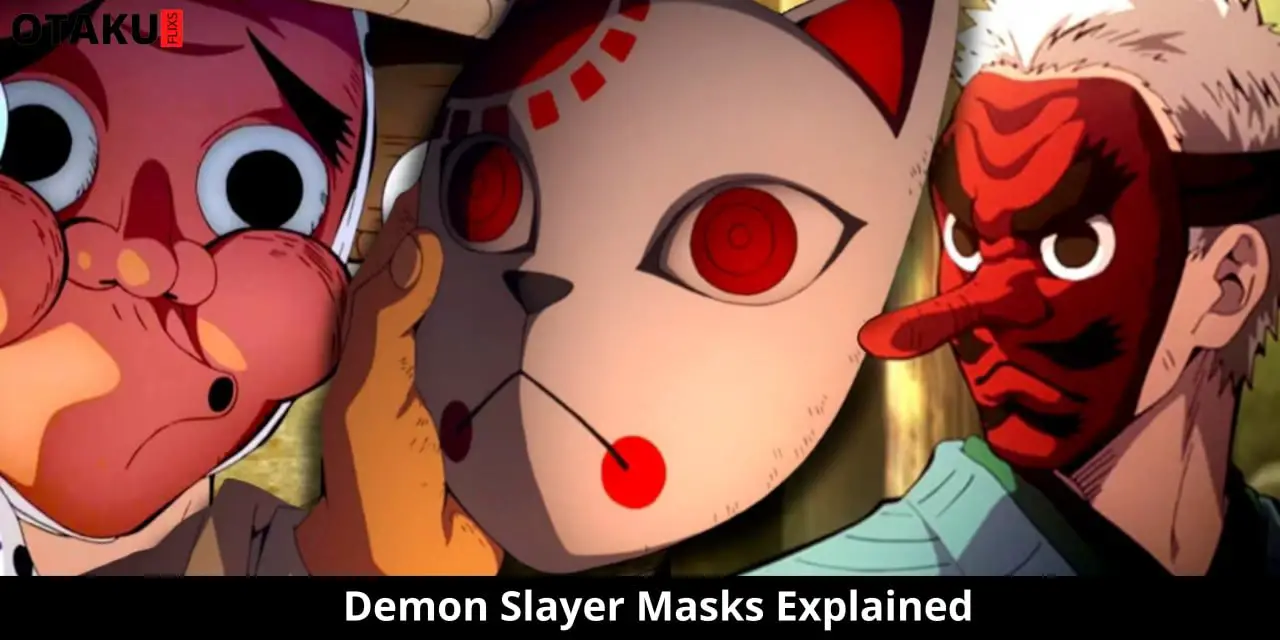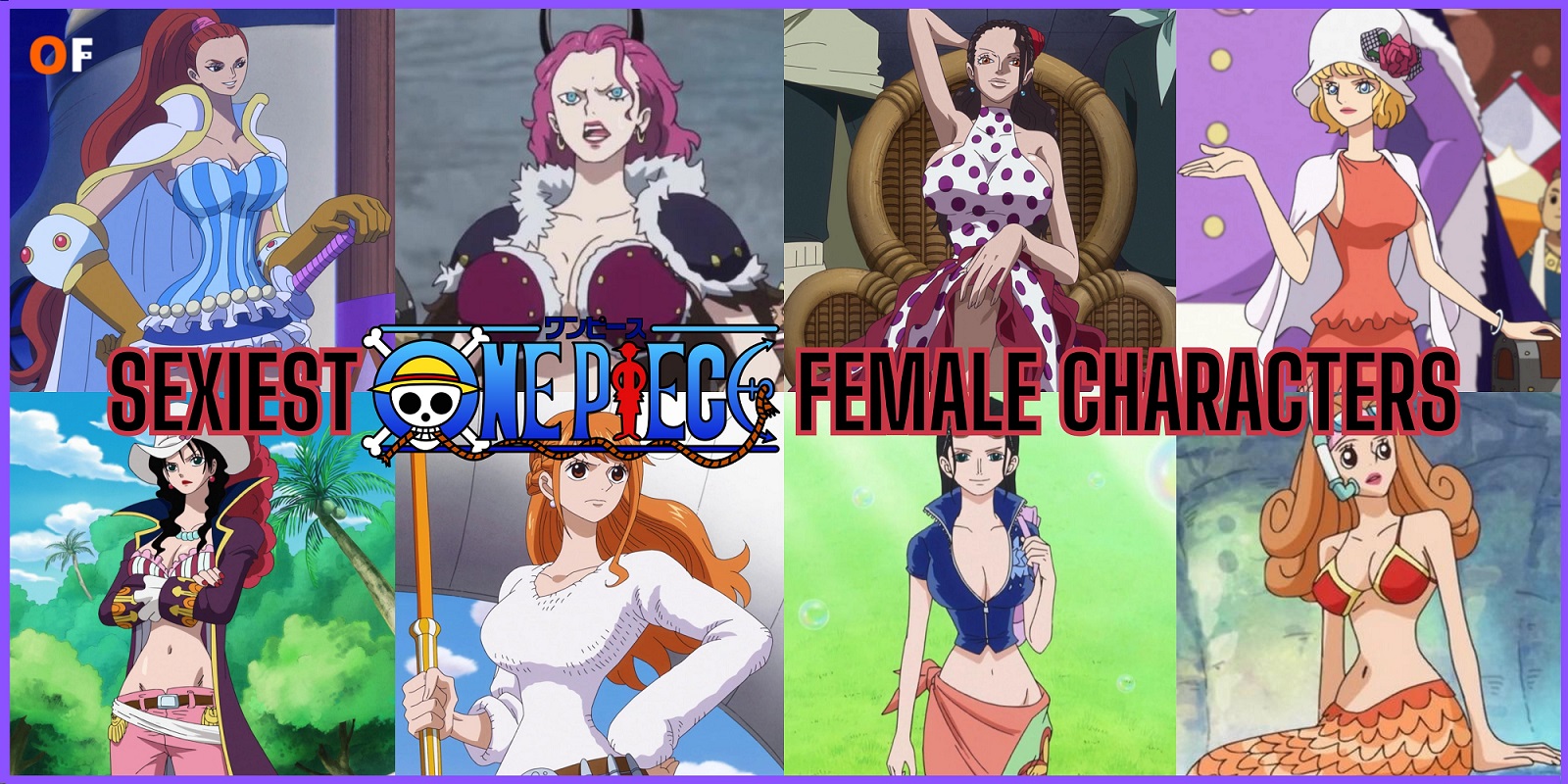The Demon Slayer Masks Explained: Find the Japanese roots behind each mask worn by your favorite characters in Demon Slayer.
The famous horror Anime known as Demon Slayer has one of the most significant visual impacts in the Shonen classification. Provides fans with many colorful characters, each with a rich backstory.
With a story that is dripping in Japanese cultural history, it is most likely the case that each component of Demon Slayer has reference to traditional portrayals, from the settings to the garments, weapons, customs, and more.
Masks assume a genuine part in the general story. Still, their importance is irrefutable, as each character wearing a traditional Japanese mask becomes a delegate of the rich culture.
Tanjiro’s Hakuko Mask
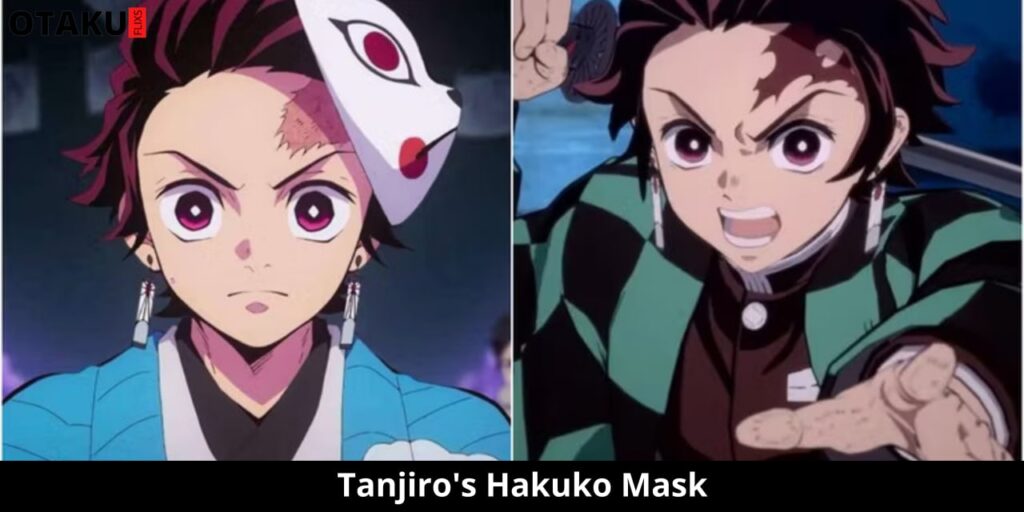
Traditionally, a fox face is picked for a Kitsune mask because the cunning mythological animal is accepted as a shapeshifter. And has been utilized in Japanese venues for the last hundred years.
The fox is a contradicting animal, equipped for both sincere and cunning deeds. Still, that character quality doesn’t precisely measure up for Tanjiro Kamado. An area of strength is the way the kid wears a Hakuko Mask depicting a white fox denoting a good omen. Yet, he employs a promising pitch-black Nichirin Sword, thought to be an unfortunate harbinger.
Valid, Tanjiro wears the kitsune mask that every one of Urokodaki’s students does. Yet, a Ryuko Mask (mythical serpent fox) may have been more qualified for his fire breathing techniques. Despite considering the more deeply imagery of the Kitsune, it might simply be the ideal fit.
According to folklore, the Kitsune filled in as a bridge to interface mortals to Inari, a divine being who before came to Japan riding on the rear of a magical white fox.
Inari brought thriving and saved individuals from starvation, and when a shrine was built on a mountain in Kyoto, the Kitsune this way kept close by to safeguard the god’s honor. The likeness between this legend and Tanjiro and Nezuko’s story can’t just be a coincidence.
The most apparent association is how the Kitsune exists to safeguard Inari intensely so wild that it turns all-consuming. In addition to the fact that Nezuko rides on Tanjiro’s back similarly, she likewise represents success in her own particular manner.
The young lady may not influence the development of harvests as her counterpart does. Still, Nezuko’s patience and incredible resolve are without a doubt inspiring individuals to reevaluate their initial impression of demons.
If Tanjiro is fruitful in curing his sister, endless more demonic elements might actually follow after accordingly, eliminating the requirement for slaughter and brutality.
Urokodaki’s Tengu Mask
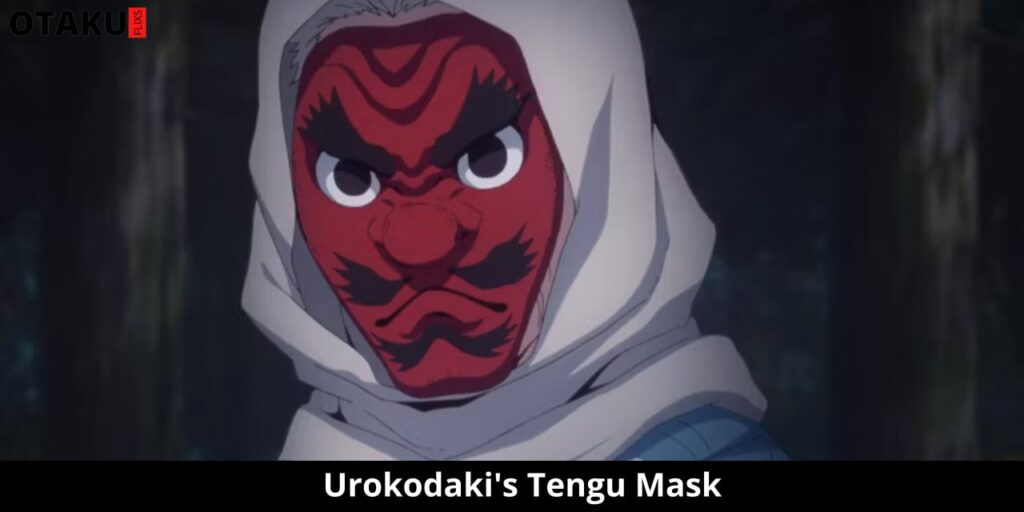
In no way related to the famous Oni Mask, Urokodaki Sakonji’s Tengu Mask doesn’t represent demonic forces yet a protective entity instead. These furious, embarrassed demi-divine beings were supposed to be the gatekeepers of nature, eminent for their martial art skills and frequently living the existence of a loner, similarly as.
Tengu is additionally known to have the capacity to manipulate the climate, which is considered in the clouds of the Water Hashida’s robes. Out of all the tengu in history, Sōjōbō is ostensibly the most huge because he was the King, however, for his standing as an educator.
He supposedly trained legendary warriors in improving their swordsmanship, similarly that Tanjiro tracked down help in the Urokodaki’s mentorship.
Sabito, Makomo and Giyu’s Kitsune Masks
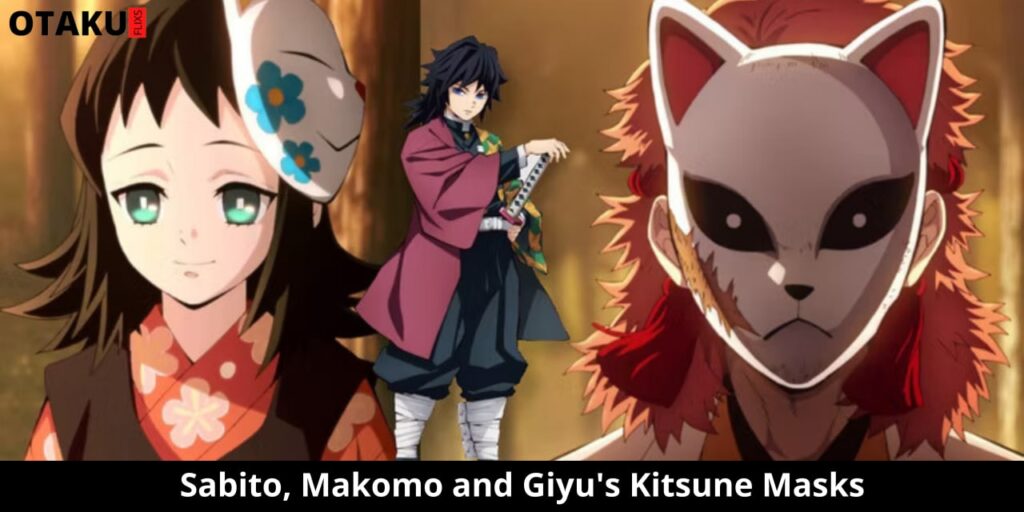
As the Hand Demon so expressively points out in episode 4 of Demon Slayer, Urokodaki’s students are instantly distinct by their notorious Kitsune masks.
These facades have all been Hand cut by the Water Hashida himself. At some point during their creation, Urokodaki guaranteed to project an insurance spell on the wooden fox faces before personalizing them and gifting them to his disciples before sending them off to the Final Selection.
Sabito and Giyu were entire of a similar gathering of candidates for the Demon Slayer Corps. Where Sabito forfeited his life in an endeavor to divert the Hand Demon from claiming additional casualties.
In the Demon Slayer Manga, Giyu currently wears Sabito’s mask in honor of his fallen companion, and the green-designed part of his haori in the anime is similar to Sabito’s.
Inosuke’s Boar Headdress
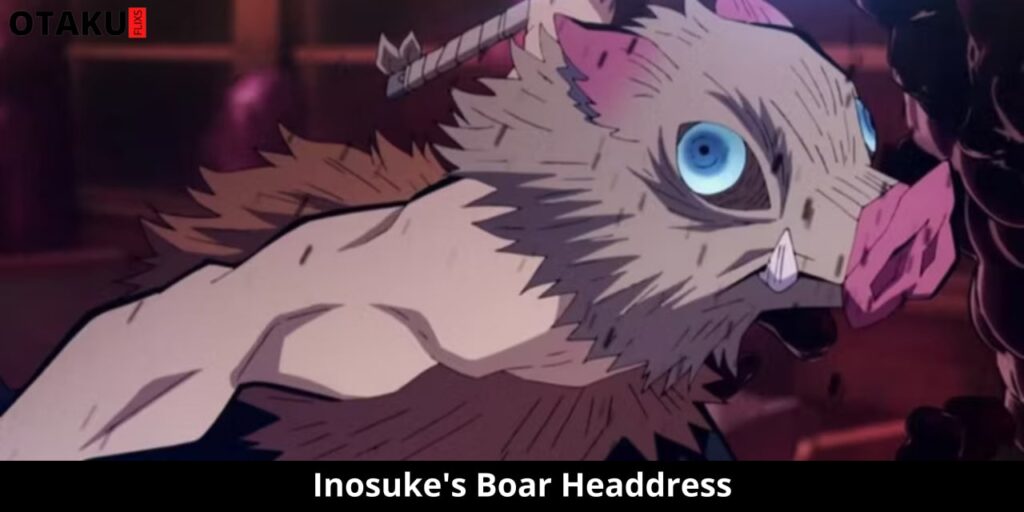
Inosuke Hashibira probably won’t wear a traditional mask, be that as it may. This famous person, among the other Demon Slayer mask enthusiasts, would also be inappropriate.
The Inoshishi (or wild boar) imagery in Japanese culture coordinates impeccably with Inosuke’s character, which is brassy, hot-headed, and determined and is seen as a particularly masculine animal. Inosuke wears the boar head to conceal his handsome face, the excellence of which doesn’t incite dread in the hearts of his opponents.
The animalistic look likewise assisted the kid with bonding with his new family, having been raised by wild boars early on and knowing almost nothing about the human world.
Being brought up in the wilderness, Inosuke probably didn’t approach the tools or skills to cut his own mask. Notwithstanding, if he did, the Demon Slayer would almost certainly settle on a Gigaku mask, which perfectly matches his character.
The Gigaku is supposed to be worn by the fiercest of warriors and, for the most part, portrays a terrifying, colossal face that covers its proprietor’s head totally.
These masks were initially worn by just the most inconsistent characters. The Mask of Konron, in particular, portrayed a human-monster mixture, the ideal complementary part to Inosuke’s backstory.
Hotaru and Kozo’s Hyottoko Masks
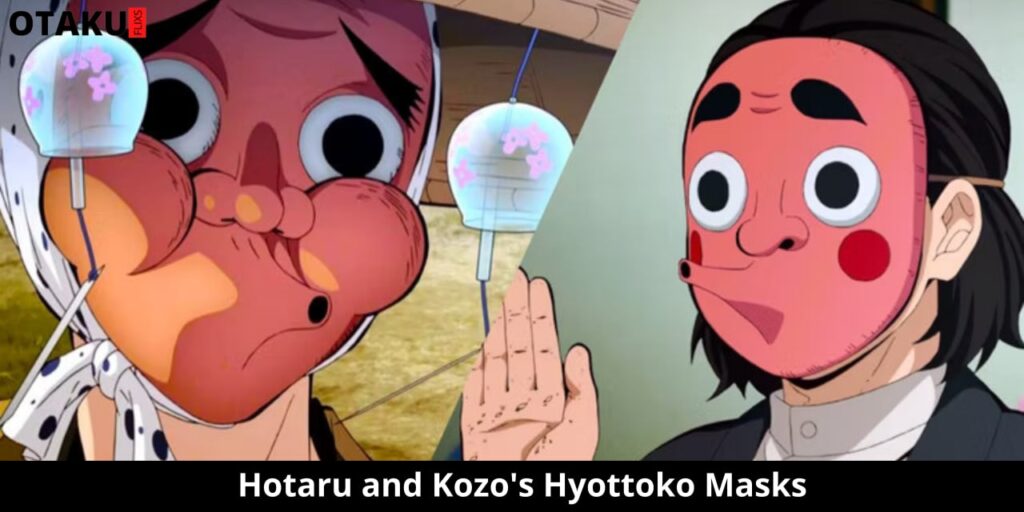
Hotaru Haganezuka and Kozo Kanamori each wear the most comical adaptation of the many traditional Japanese masks, which are held for entertainers and clowns.
The Hyottoko is related to fire, and the puckered mouth of the mask is indicative of pipe smoking, be that as it may. The Hyottoko is said to blow fire through the bamboo pipe instead of inhaling exhaust.
It appears very odd that such a senseless mask would be bestowed on one of the most vital characters of the Demon Slayer Corps because, as the official wordsmiths.
There would be many fewer Nichirin swords. Without Hotaru and Kozo! Maybe the association has to do with the fire breathing reference of the Hyottoko, which would be helpful in the smelting system. The swordsmiths’ everything-consuming fixation on their specialty is pushed to the limit. Their over-response about anything sword-related inspires a laugh from most watchers.
It would be difficult to contend that, however important as Hotaru and Koto’s positions may be, they actually satisfy the entertainment job in Demon Slayer.

